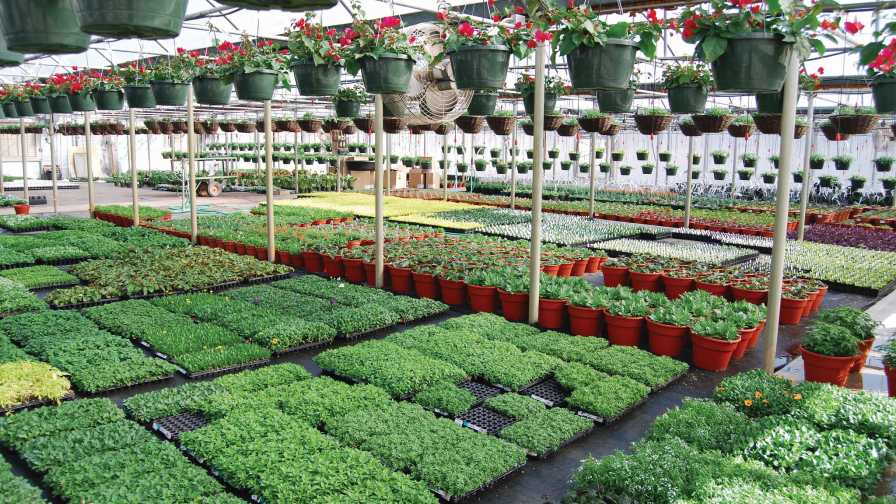A spike in grocery shopping and stocking up amid the COVID-19 crisis has posed large challenges to retailers who struggle to stock their shelves with essential items. The supply chain issues for grocery retailers and box stores have also created shipping challenges for some greenhouse growers. Some are not able to secure the trucking that they need to supply their product to stores or have the retail space in the store typically dedicated to floral products. In addition, demand for some floral products appears to be reduced, as people instead focus on buying paper products, cleaning supplies, meats, and other essential food items. The demand has also shrunk in response to job layoffs and reduced income for many families in the service industries or those who work for non-essential businesses. This has forced some wholesale growers to keep crops in their greenhouses beyond their scheduled shipping dates, and retail growers to keep their crops indefinitely. When crops need to be held, Michigan State University Extension suggests two fundamental things commercial greenhouse growers can do to slow down growth and maintain crop quality: lowering the temperature, and applying plant growth regulator (PGR) sprays and sprenches (a spray/drench combo). There are other strategies, such as cutting back plants or increasing plant spacing, but those are often not viable options. Lower the Temperature In most cases, decreasing the greenhouse temperature is the best strategy to slow down plant development. For cold-sensitive plants (for example, angelonia, celosia, hibiscus, pentas, portulaca, torenia, and vinca), the greenhouse temperature can be reduced to around 50°F to 55°F. For cold-tolerant plants (for example, dianthus, marigold, nemesia, petunia, snapdragon, and stock), the greenhouse can be reduced as low as 40°F to 45°F. Obviously, the outdoor weather may prevent greenhouses from getting this low, but lowering both the day and night setpoints will slow down growth and flower development. If the greenhouse temperature is lowered, but sure to watch humidity levels. A high humidity reduces water uptake and also increases the potential for several plant pathogens such as botrytis. Therefore, keep plants on the dry side, especially on a […]






